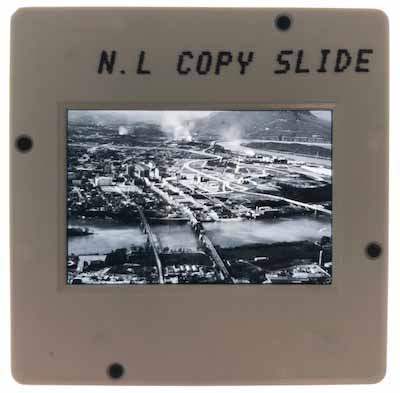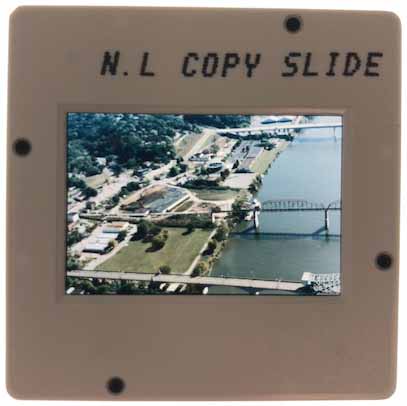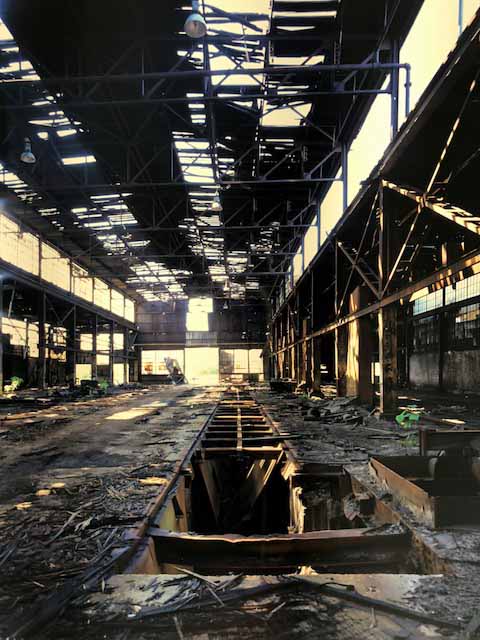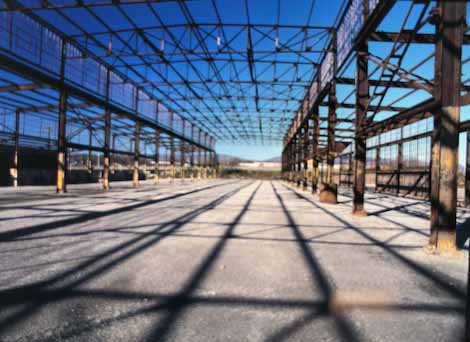This blog post was authored by Kayle Freeman, an intern in the Library’s Special Collections unit from the UTC Department of History in Spring 2018.
Being presented with the opportunity to intern with Special Collections at the University of Tennessee at Chattanooga has provided me with valuable knowledge and hands on experience. Having the chance to experience, first hand, the job duties of an archivist has helped me put into perspective the trajectory I want my future career to go. Anyone can read a job description, but actually working in the field and being around professionals provided me a better perspective for the hard work and knowledge required for the job. It also provided me with a foundation to build on for future job prospects.
Before I began my internship, I was not aware of how difficult it could be to properly archive historical materials. Even during the first few months, I believed the job was not too complicated. That was because the collection had already been organized and mostly named before I began sorting through the materials. Eventually, I reached a point in the semester where the materials had been newly acquisitioned, and nothing was organized. I was given numerous photographs that were placed in the same archival preservers no matter the subject of the photographs, with no hints as to what was what. Previously, pictures depicting one specific topic were kept together, and I had a guide to follow telling me what was supposed to be in each preserver. I then realized there was much more involved in an archivists job duties and that it can be extremely difficult sometimes to accurately identify, describe and categorize historical objects. Having organizational skills and patience are key factors for this profession.
I was tasked with looking at photographs, figuring out what they depicted, labeling them accordingly and creating corresponding finding aids. Many of the photographs were not titled, so I had to use deduction skills to pin point the subjects of the photographs. I am also not from the Chattanooga area, where most of the photographs were taken, so many of the buildings and other sites were foreign to me. This prompted hours of internet searches that usually yielded answers. Since I was an intern, I was expected to solve issues on my own in order to develop my problem solving skills. In the future, when I enter my career, I will not have the assistance of faculty members to help walk me through my job expectations. When I did ask a question, their first response was if I looked it up first. Not only has this internship taught me how to work without much additional assistance, but has increased my confidence in the work I produce. I no longer second guess my decisions on how to fix problems.
This opportunity taught me, not only lifelong lessons regarding how to work in a professional setting, but also the history of Chattanooga. The collection I had the privilege to work with was Robert Boyer’s photographs. Before his thirteen year career as the Director of the University of Tennessee at Chattanooga’s Performance Series, he was a successful architectural and advertising photographer. His love for photographing landscapes caught the attention of the River City Company who needed someone to help document the changes they planned on making in Chattanooga. Most of the developments, and therefore the work produced by Boyer, ranged from the 1980’s to the early 2000’s, where Boyer captured the transformation of Chattanooga.
Before Chattanooga became the beautiful, green and inviting city as it is known today, it was a polluted, smoggy and mostly industrial city, as seen below.


Robert Boyer even stated that as a kid, he had to bring two shirts to school and change at lunch because of how dirty the air was. One of Boyer’s goals while working with the River City Company was to capture images that would advertise Chattanooga’s progress and sell Chattanooga as a destination to outsiders. He also needed to help sell the idea to its residents that Chattanooga could improve and become a better place to live. Not only did he document the rejuvenation of Chattanooga but he documented the planning process behind it. Often times there would be community meetings where people could share their ideas about what they would like to see in their city. He photographed these meetings to show residents that they, too, were able to make an impact in their city, and that decisions were not made by only the top members of society.
Even though the factories were to blame for the high pollution rates in Chattanooga’s early years, they provided jobs for people. As factories began shutting down, and jobs became scarce, it was clear Chattanooga needed an economic revitalization and investors took advantage of the opportunity. Creating new businesses and ventures would provide more jobs and at the same time stimulate the economy. Not to mention the new infrastructure along with the improved air quality, due to the closing of industrial sites, made the city more appealing to visit and move to. The new developments included the most recognizable and notable sites we see today, such as the Tennessee Aquarium and Coolidge Park. Without them, the Chattanooga landscape is almost unrecognizable and bare.


Although the city effectively revived itself, there were, and continue to be, remnants of the past scattered around. Abandoned industrial buildings posed a large problem and their removal is not that easy or simple. They were left to rot and this does not correspond with Chattanooga’s new aesthetic. A solution has been to re-incorporate the buildings by creating something new from the rubble. Below are photographs of the Ross-Meehan Foundries. Ross-Meehan Foundries produced a variety of metal products and was even a large contributor for military grade products during World War II. The company shut down in 1986 and the building was left to fall and decay. The photographs of the foundry are of before and after renovations began on it in 1997. Now, it has been transformed into the beautiful First Tennessee Pavilion which many more people are familiar with.



Working with Robert Boyer’s photograph collection allowed me to virtually watch Chattanooga’s growth from an industrial centered city, to a large economic force in Tennessee. The photographs told stories of the new expansion and is a perfect representation of the hard work that was put in to transform the landscape. Practically walking through this city’s growth has given me new perspective and appreciation for the Chattanooga that I know today. Without this internship, I would not have gained familiarity with what it means to be an archivist or have been able to delve into the history of some of Chattanooga’s major accomplishments. I am extremely appreciative to have been able to work so closely with the city’s historical materials and grateful for the experiences it provided me.